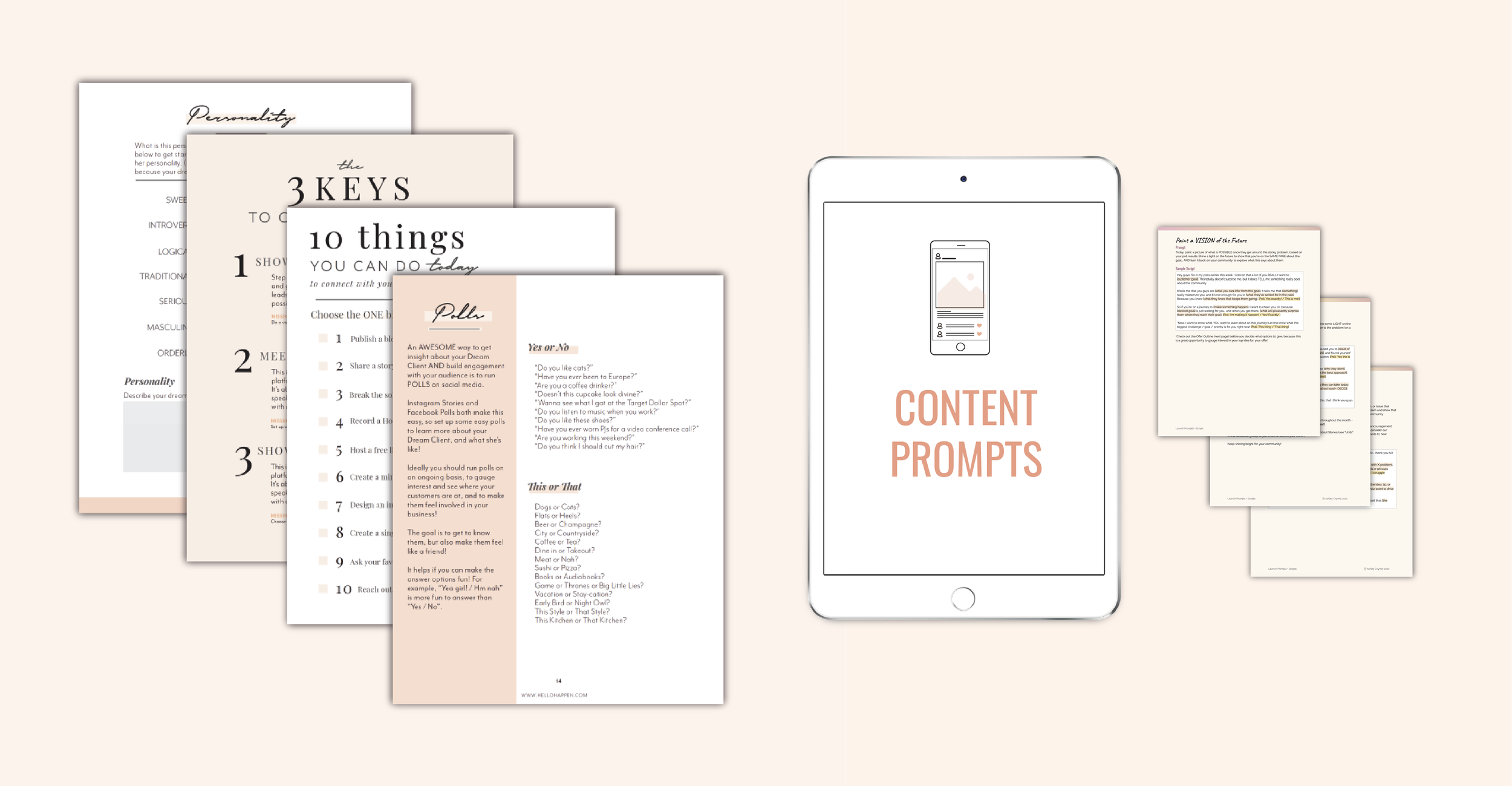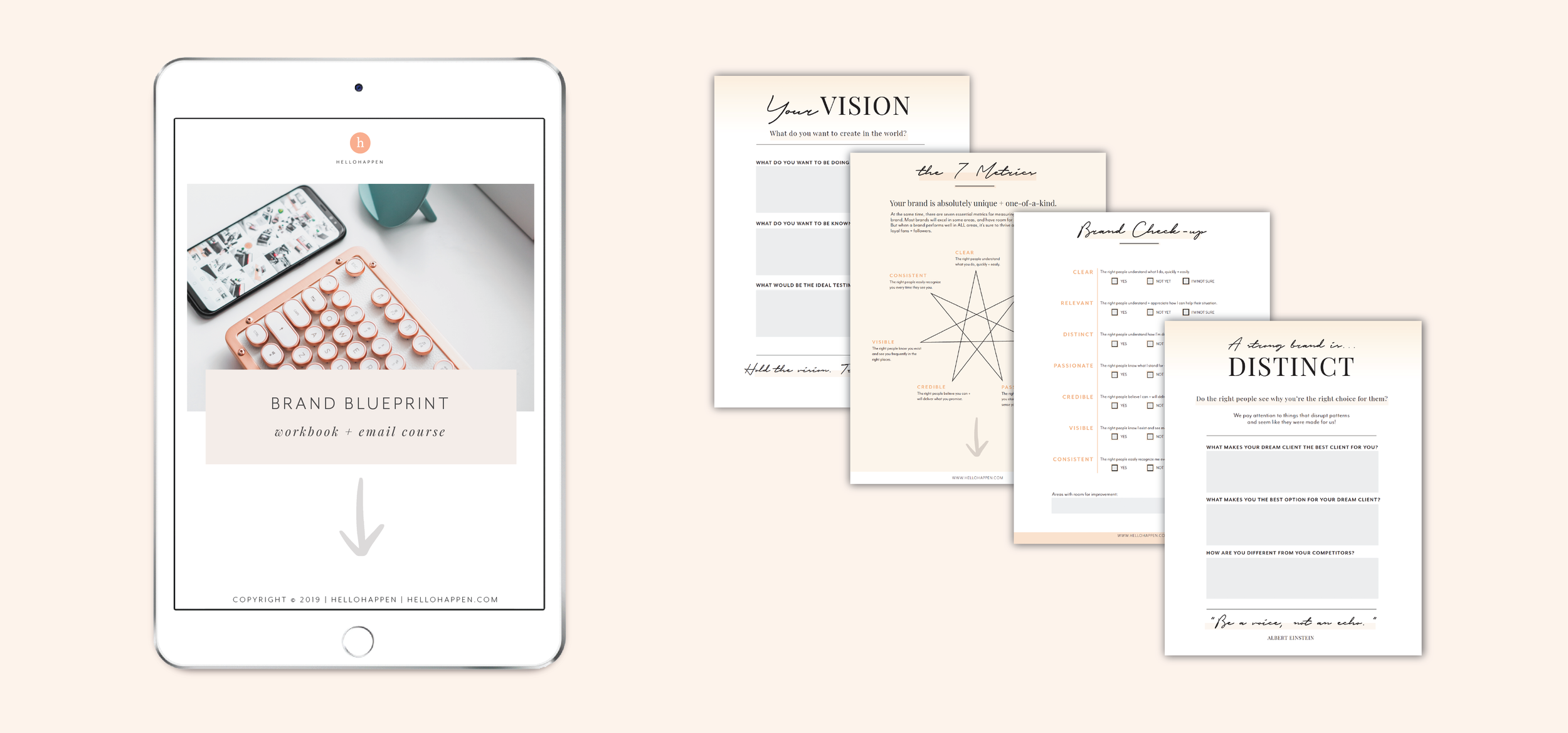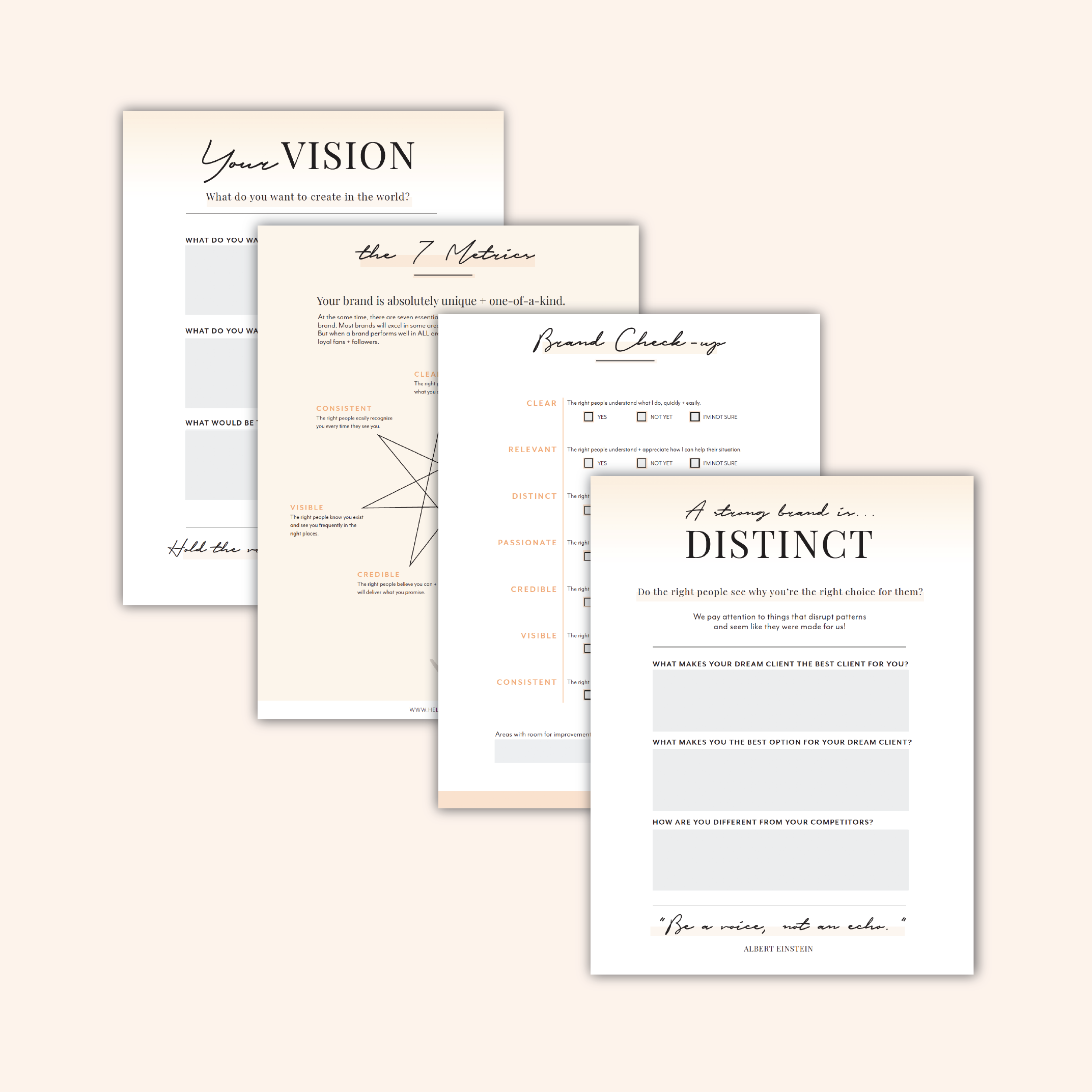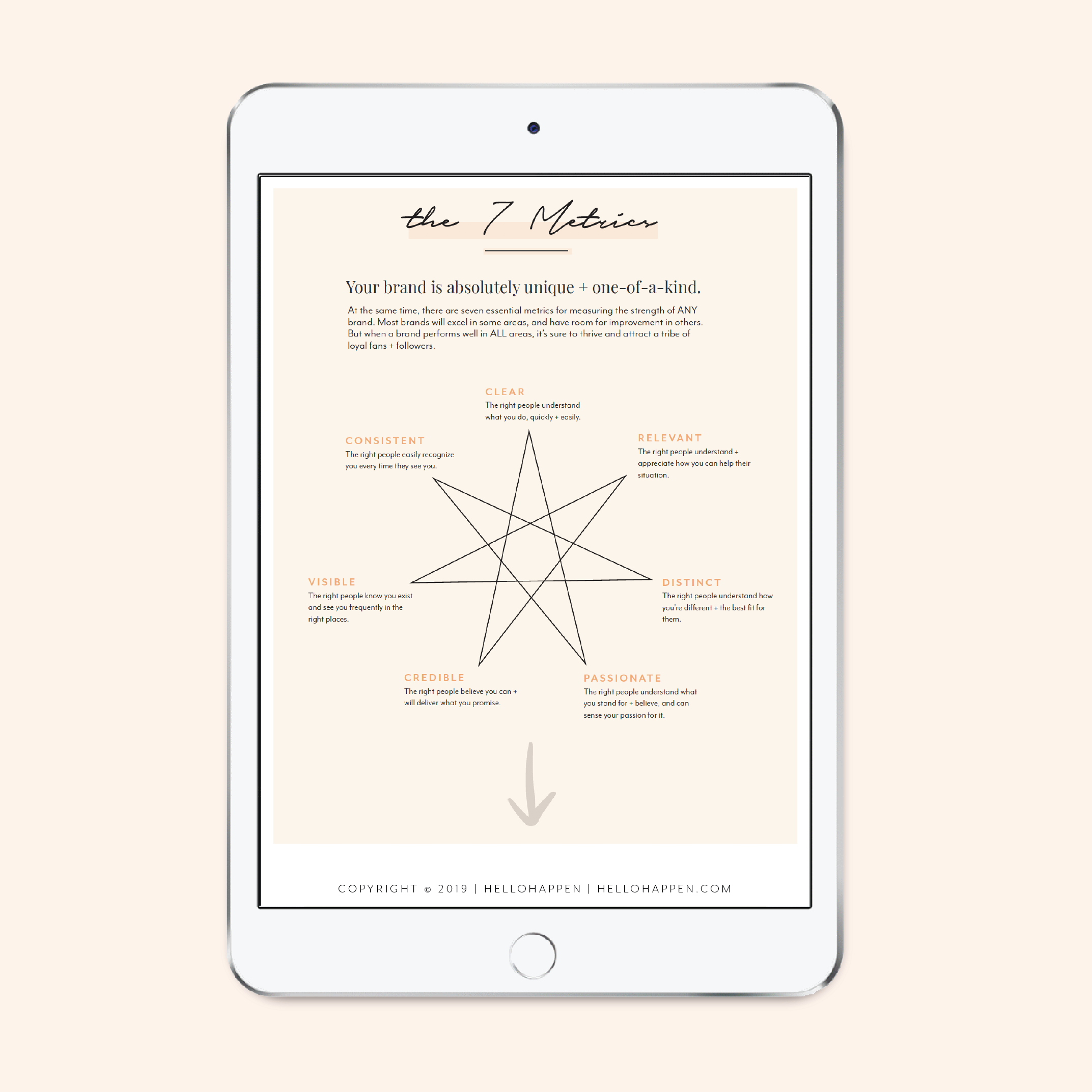More than one "ideal client"? Here’s how to keep it simple!
“I have two ideal clients! How can I talk to them both? I keep trying to write copy and getting confused…”
If this sounds like you, I have news that may surprise you! You may actually be thinking about one person after all.
What a relief if you only have to speak to one person on your website, instead of two (or more), right?
Catch the video below to see what I mean, and then drop down below into the post to see if this technique can help you get clear on the one person you’re really meant to serve.
This is for you if:
You’re trying to write your web copy, and keep getting stuck because you’re struggling to speak to two different types of people.
You want to write content that connects powerfully with your ideal clients, but you can’t decide who to focus on.
You’re designing offers for multiple people, and struggling to see your brand as cohesive when you’re serving so many customers.
Did you catch the video? Great! Then you know that your two clients may actually be only one! Follow the prompts below to start fine-tuning your definition of who you’re here to serve.
Q1: What are your two clients’ situations?
Picture your two clients and their two situations. For example:
…one client wants to leave their corporate job, and the other wants to make their new business profitable.
…one wants to buy a handmade gift for a friend, and the other wants to learn how to make and sell handmade gifts to customers.
…one wants to publish their first book, and the other wants to land public speaking opportunities and make money as a speaker.
Q2: Can you fit these two situations onto one timeline?
Imagine a scenario where one character experiences each of these situations at different points of the story…
Jane decides to leave her corporate job, and through the job search process she realizes she wants to start her own business.
Samir loves buying handmade gifts for his friends. One day he decides to start making his own crafts, and selling them online.
Elliot authors their first book, and later decides to adapt their message for the stage and become a full-time public speaker.
Let your imagination get creative in seeing how your person’s story can unfold over time!
Q3: What personality traits remain the same through their journey?
Think about this person, and the personality, values, and priorities that persist over time… some things will obviously change, but will remains the same at the heart of who they are?
Jane is ambitious, independent, and values freedom in her life.
Samir is thoughtful, creative, and loves brightening people’s day.
Elliot is passionate, visionary, and wants to make a positive impact.
Q4: What struggles remain persistent throughout their journey (if they don’t receive the support they need)?
Think about the struggles that stick around over time! Imposter syndrome may rear its head again and again… self-doubt may keep showing up too… disorganization may keep your client from making progress… what shows up again and again along your customer’s path?
Jane feels pressure to meet others’ expectations at both stages of her journey: when she’s leaving her job, and when she starts her business.
Samir struggles with doubting his own creativity in both stages: when he’s crafting for fun, and when he decides to sell online.
Elliot struggles with focusing their message in both stages: when they’re writing their book, and when they’re writing their keynote.
Q5: What changes over time?
Think about how this person evolves over time, through their journey. What do they learn? What do they change their minds about? What parts of themselves do they finally learn to express?
Think about the beliefs, attitudes, habits, and priorities that change and shift, as they walk their path and discover new opportunities…
Jane starts out very cautious and practical about what is possible for her, but she gradually learns to trust herself and take risks to get what she truly wants.
Samir has always valued other people’s creative works more than his own, but he realizes that he has his own unique creative style that no one else in the world can match.
Elliot starts out doubting their own voice and ability to influence others, but over time they realize anyone can make an impact if they have the courage to speak up.
Recap
What do you think, friend? Are your “two clients” actually one person, at different points on their journey?
Getting clear on your one person makes it easier to see their unique strengths and struggles clearly, so you can speak their language.
“Elliot” may not be at the point in their story where they’re looking for a public speaking career yet… but because you know that no matter where they are in their journey, they care about impact + influence, and struggle with focusing their message, you can be sure they’ll listen up when you talk about those things!
If this resonates but you need support really crystallizing who your ideal client is in your mind, book a 90-minute intensive and let’s get to the heart of who your person is, the journey they’re on, and what you’re here to say that will urge them onward, and earn your trust as their guide!
Swipe my free
BRAND BLUEPRINT + 7-DAY EMAIL COURSE
Grab the Blueprint, find a cozy spot, and let’s build your stand-out brand together! Join my email list and get my Brand Blueprint + 7-day Email Course for free. (You can unsubscribe anytime, but I don’t think you’ll want to!)























